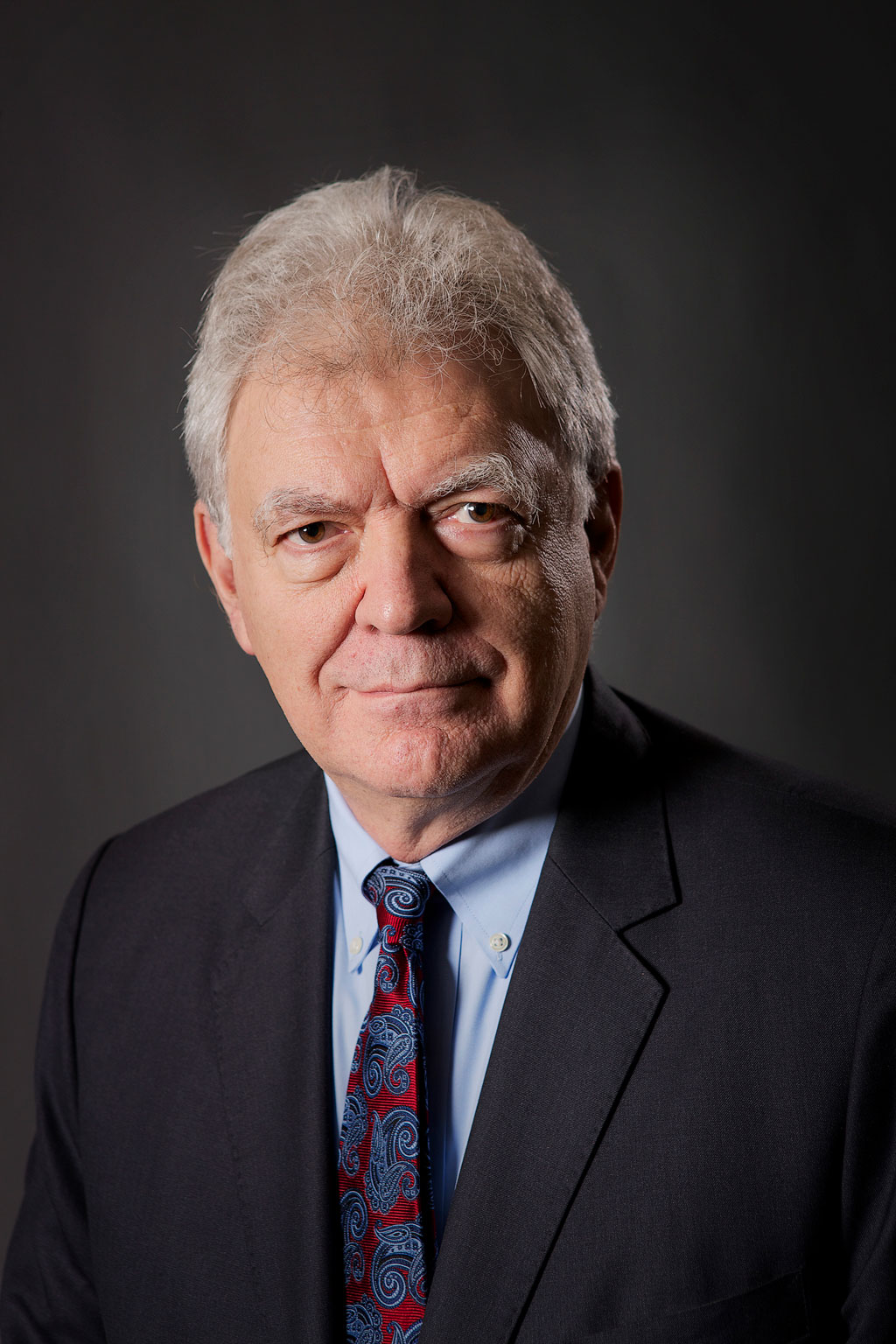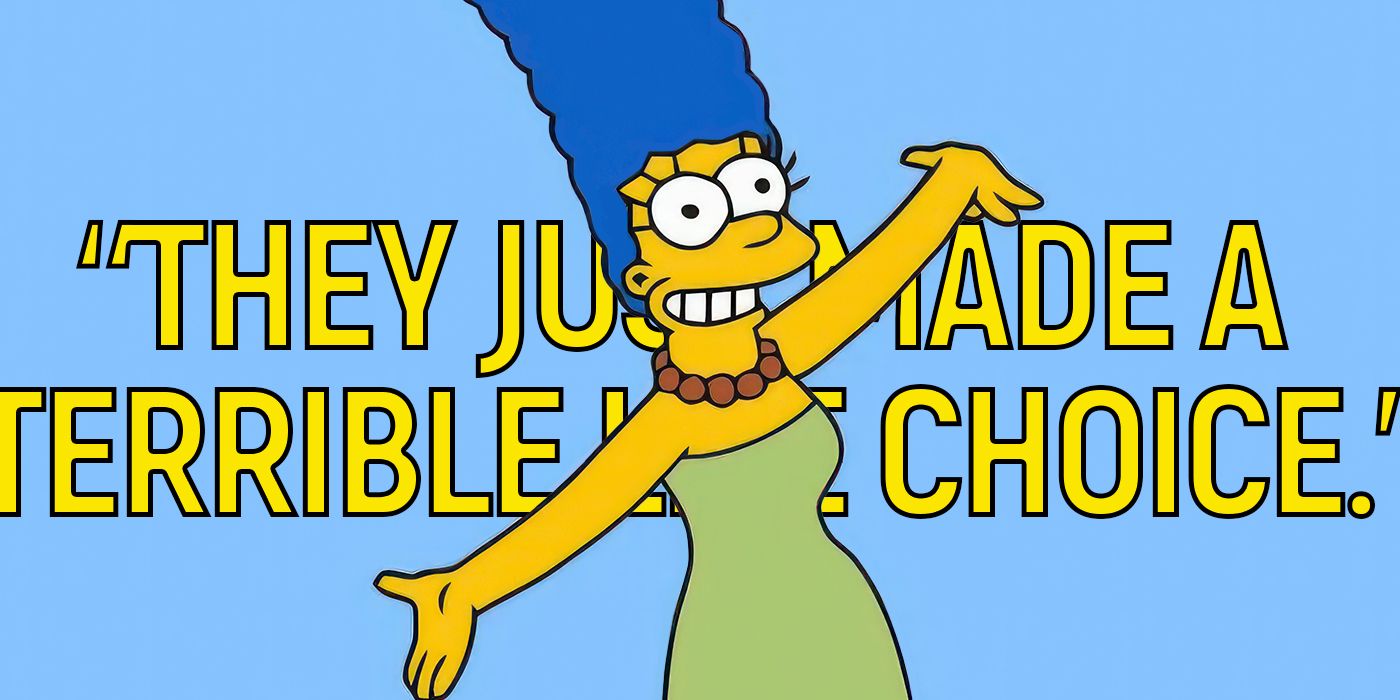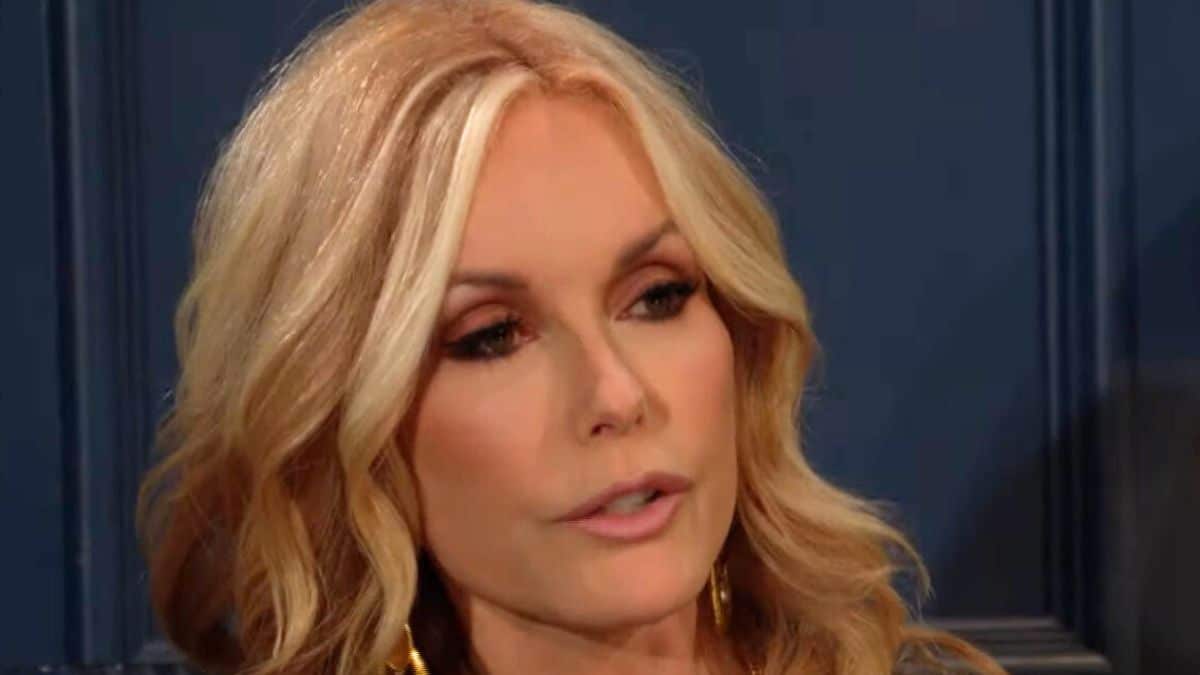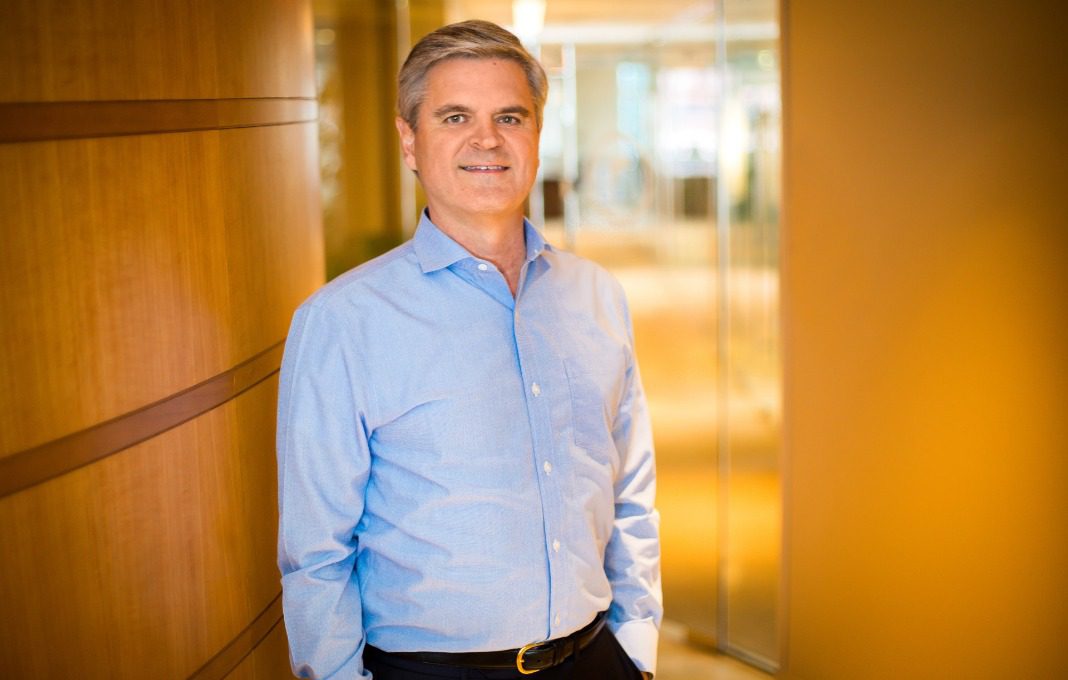Steve Case has led some pretty big projects over the course of his career. There was this big thing called the “Internet,” which Case helped invent through his role as co-founder of AOL, then came the second largest merger of all time with the blending of new media AOL and old media Time Warner.
Given that AOL began as a handful of people that grew to some 90,000 employees as AOL-Time Warner, Case became an expert on the spectrum of leadership required to run a growing organization. The key concept, explained Case during the podcast, involves where on the “imaginer and manager” spectrum you fall.
“One of the things I learned is that there are some people who are good at starting things, some people who are good at scaling things and other people who are good at operationalizing or managing things,” he said. “All of these mindsets are important.”
One way to look at leadership in your company, offers Case, is on an “imagining” to “managing” spectrum tied to where you are in your company’s life cycle. For example, the early stages of an organization require a great deal of imagination as you build something entirely new from scratch; as the company matures, you need to bring in people who are experts on optimizing your processes and systems.
In the later stages when a company has reached maturity, the priority becomes managing things as they are. “Are you more in the imagining camp or managing camp?” asked Case, who wrote The Rise of the Rest: How Entrepreneurs in Surprising Places are Building the New American Dream.
“Are you more comfortable in the early stages when there is greater risk, or later when things are more settled? Are you more fascinated by the challenge of maximizing what might go right or by reducing the number of things that can go wrong? These things say a lot about where you fall on the spectrum.”
As the founder of Revolution, a Washington D.C.-based investment firm that has backed entrepreneurs in more than 200 countries, Case continues to argue for the importance of putting the right people in the right places on the leadership spectrum.
In the podcast, Case recalls his memories growing up in Hawaii on the basketball court with Barrack Obama and draws parallels between sports and business. You will learn:
• Using risk and ambiguity tolerance to assess strategic leadership capacity.
• Five questions to ask that let you key in on what makes someone tick.
• The key difference between a founder and CEO that is often overlooked.
“As a founder, you’re involved in everything,” said Case. Founders are involved in the product, technology, hiring, and the brand development. But as you scale and your team gets bigger, you have to be “more thoughtful” about what things you delegate to others and what you take on yourself. Becoming a CEO involves an entire shift in mindset.
“If I am a great CEO, I’ll have hired a great team, set a great direction and vision, articulate a clear strategy with a clear set of priorities… I’ll empower and trust those people to the point where I can wake up with nothing to do!”








































![Spider-Man Is Back in Black With the Green Goblin in New Funko Pop! Figures [Exclusive] Spider-Man Is Back in Black With the Green Goblin in New Funko Pop! Figures [Exclusive]](https://static1.colliderimages.com/wordpress/wp-content/uploads/2025/03/spider-man-the-animated-series-green-goblin.jpg)
































